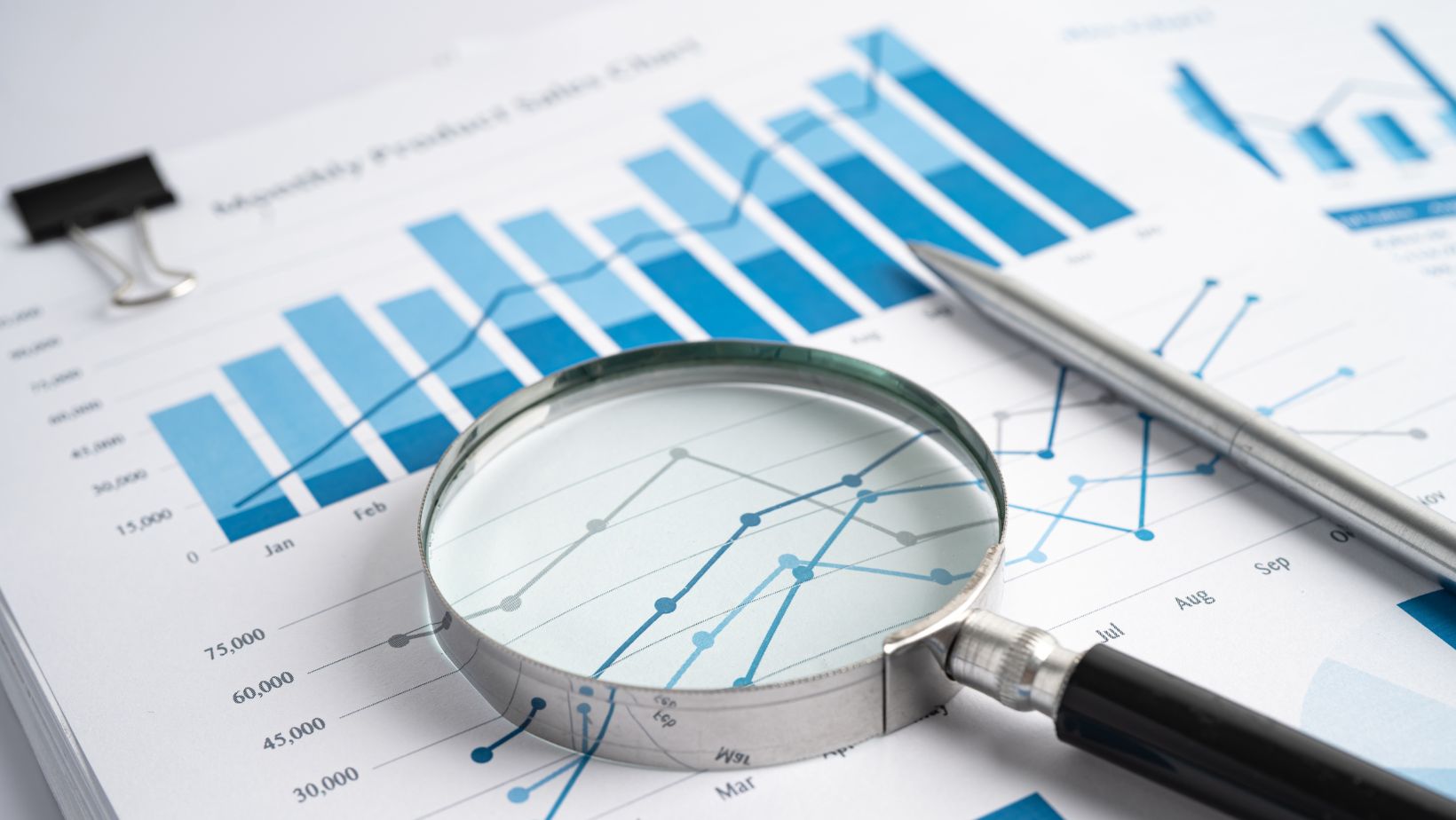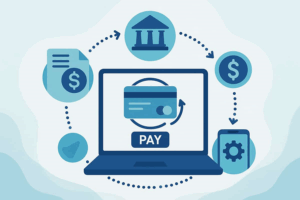In an era defined by rapidly evolving technology and an ever-increasing reliance on digital information, organizations across industries are turning to data-driven tools to transform their reporting practices. By integrating advanced analytics, automated processes, and real-time insights into their reporting workflows, businesses can unlock unprecedented levels of transparency, accuracy, and efficiency. This transformation is not only reshaping the way teams gather and present information but is also influencing strategic decision-making processes at the highest levels. As data becomes more readily available and sophisticated analytics tools become more accessible, reporting practices must evolve accordingly to keep pace with new demands, opportunities, and challenges.
The Rise of Data-Driven Reporting
Traditionally, reporting was often a manual, time-consuming process involving spreadsheets, manual data collection, and static presentations. While these methods provided a snapshot of business performance, they were often prone to errors, reliant on out-of-date information, and lacked the nuanced insights required by modern organizations. The rise of data-driven tools is fundamentally changing this narrative. With some of the most financial reporting software, organizations can now extract relevant information from various sources—such as CRM systems, social media analytics, financial platforms, and enterprise software—without the need for excessive manual intervention. These insights can then be consolidated into dynamic dashboards that present key performance indicators (KPIs) in real-time, ensuring that decision-makers have instant access to the metrics that matter most.
Data-driven reporting leverages technologies like machine learning and artificial intelligence to identify patterns, forecast trends, and even recommend actions based on historical data. This level of intelligence is a step beyond simply looking at a collection of numbers; it equips business leaders with predictive capabilities that can inform proactive decision-making. Rather than waiting for problems to manifest in quarterly or annual reports, leaders can use data-driven insights to detect early warning signs and course-correct promptly. This shift from reactive to proactive reporting is one of the most significant transformations brought about by data-driven tools.
Real-Time Insights and Improved Accuracy
One of the defining features of data-driven tools is the ability to deliver information in real-time. In traditional reporting workflows, teams would compile data at intervals—weekly, monthly, or quarterly—leading to a lag between the state of the business and the data that informed decisions. This lag could mean missing critical shifts in customer behavior or market conditions. With real-time dashboards and analytics, however, organizations can track developments as they happen, allowing for immediate course corrections.
Moreover, automating the collection and consolidation of data significantly reduces the risk of human error. Manual data entry and copy-pasting figures from one spreadsheet to another can introduce inaccuracies that might go unnoticed until they balloon into more significant issues. Data-driven tools integrate seamlessly with primary data sources, ensuring that the numbers in reports are consistent and accurate. This accuracy not only builds greater trust in the reports themselves but also frees teams to spend time on analysis and strategic planning rather than on painstaking data validation.
Customization and Flexibility
Data-driven reporting is not a one-size-fits-all solution. Different stakeholders within an organization—be they executives, sales managers, or marketing teams—require distinct metrics and viewpoints. One of the strengths of modern data-driven tools is their flexibility in creating customized dashboards and reports that cater to the specific needs of each user. Executives might require high-level overviews, displaying overall revenue and growth metrics, while sales teams might prioritize granular details like conversion rates and pipeline forecasts.
Furthermore, these tools often allow for seamless integration of external data sources, providing a broader context for the internal metrics. A company analyzing its website traffic can overlay social media engagement metrics to see if a particular campaign drove traffic spikes, or incorporate market data to benchmark performance against industry standards. This capacity to blend and compare different data sets ensures that reporting is comprehensive and contextually relevant, empowering organizations to make data-informed decisions at every level.
Empowering Decision-Makers with Predictive Analytics
One of the most transformative aspects of data-driven reporting is the growing integration of predictive analytics. Rather than merely presenting a retrospective view of what has happened, predictive models use historical data to forecast what is likely to happen. For instance, a retail chain could leverage predictive analytics to forecast inventory requirements for the upcoming season, factoring in variables like historical sales, current market trends, regional demographics, and even weather patterns. These predictive capabilities enable more informed planning, better resource allocation, and a deeper understanding of the potential outcomes of strategic initiatives.
Predictive analytics also plays a critical role in risk management. By analyzing a combination of internal and external data, models can generate early warning indicators for potential supply chain disruptions, financial volatility, or shifts in customer preferences. Decision-makers who have access to these predictions can act proactively—whether by securing alternative suppliers, adjusting product offerings, or recalibrating marketing strategies. This level of forward-thinking agility simply isn’t feasible through static, traditional reporting approaches.
Enhancing Collaboration Across Teams
Modern data-driven tools don’t just benefit the C-suite. By making data more accessible and easier to interpret, they encourage collaboration across teams, breaking down silos and creating a unified view of the organization’s performance. For example, marketing and sales teams can collaborate on shared dashboards that track leads, conversions, and revenue, improving task management. Finance departments can share real-time budget tracking, so team leads can monitor their expenses and adjust spending as needed. As information flows more freely and transparently, cross-functional decisions become more cohesive and strategic.
This collaborative environment is further supported by features such as role-based access controls and interactive report functionalities. Users can dive deeper into reports, applying filters or drilling down into specific data sets to answer questions on the fly. By enabling each department to access and analyze data relevant to their operations, the entire organization becomes more data-savvy, fostering a culture in which decisions are rooted in objective, evidence-based insights.


















